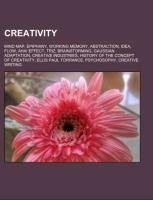
Creativity
Source: Wikipedia. Pages: 98. Chapters: Mind map, Epiphany, Working memory, Abstraction, Idea, Flow, Aha! effect, TRIZ, Brainstorming, Gaussian adaptation, Creative industries, History of the concept of creativity, Ellis Paul Torrance, Psychosophy, Creative... Viac o knihe
Produkt je dočasne nedostupný
22.26 €
bežná cena: 25.30 €
O knihe
Source: Wikipedia. Pages: 98. Chapters: Mind map, Epiphany, Working memory, Abstraction, Idea, Flow, Aha! effect, TRIZ, Brainstorming, Gaussian adaptation, Creative industries, History of the concept of creativity, Ellis Paul Torrance, Psychosophy, Creative writing, Creativity and mental illness, Artistic inspiration, Conceptual economy, Electracy, List of dreams, Psychology of art, Work of art, Creative problem solving, Thinking outside the box, Insight, Chiang Mai Creative City, Publication cycle, Incubation, Coolhunting, Hyperfocus, Lateral thinking, Latent inhibition, Laws of Technical Systems Evolution, Transliteracy, Curiosity, Foodpairing, Productive Thinking Model, James Hilton, Morphological analysis, Creative professional, Creative director, Creativity techniques, Generativity Theory, Creative Education Foundation, Thinkabout, MakeBelieve Arts, Senior media creative, Ideation, Synectics, Knowledge Cafe, Creative Problem Solving Process, Losada Zone, Level of Invention, Private Eye Project, International Center for Studies in Creativity, Convergent and divergent production, Flanders DC, William Duff, Cut and paste job, Ned Herrmann, Parallel thinking, Williams' Taxonomy, Pictive, Metaplan, Divine move, Future Map, Sylvia Plath effect, 6-3-5 Brainwriting, Object Pairing, CREATES, Morphological box, Method of focal objects, Cultural arts, Creative services, Distributed creativity, Bodystorming, Production blocking, Touched with Fire, Creative services firm, Chief creative officer, Creative limitation, List of creative thought processes, Creative trip, Random juxtaposition, Vertical thinking. Excerpt: Creativity refers to the phenomenon whereby a person creates something new (a product, a solution, a work of art, a novel, a joke, etc.) that has some kind of value. What counts as "new" may be in reference to the individual creator, or to the society or domain within which the novelty occurs. What counts as "valuable" is similarly defined in a variety of ways. Scholarly interest in creativity ranges widely: Topics to which it is relevant include the relationship between creativity and general intelligence; the mental and neurological processes associated with creative activity; the relationship between personality type and creative ability; the relationship between creativity and mental health; the potential for fostering creativity through education and training, especially as augmented by technology; and the application of an individual's existing creative resources to improve the effectiveness of learning processes and of the teaching processes tailored to them. Creativity and creative acts are therefore studied across several disciplines - psychology, cognitive science, education, philosophy (particularly philosophy of science), technology, theology, sociology, linguistics, business studies, and economics. As a result, there are a multitude of definitions and approaches. The lexeme in the English word creativity comes from the Latin term creo "to create, make" and its derivational suffixes also come from Latin. The word "create" appears in English as early as the 14th century, notably in Chaucer (in The Parson's Tale). However, its modern meaning as an act of human creation did not emerge until after the Enlightenment. In a summary of scientific research into creativity Michael Mumford suggested: ""Over the course of the last decade, however, we seem to have reached a general agreement that creativity involves the production of ...
- Vydavateľstvo: Books LLC, Reference Series
- Formát: Paperback
- Jazyk:
- ISBN: 9781157063001


 Anglický jazyk
Anglický jazyk 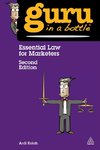
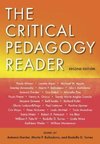
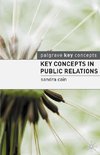
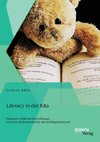
 Nemecký jazyk
Nemecký jazyk 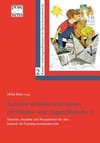

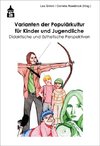



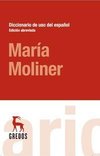
 Španielsky jazyk
Španielsky jazyk